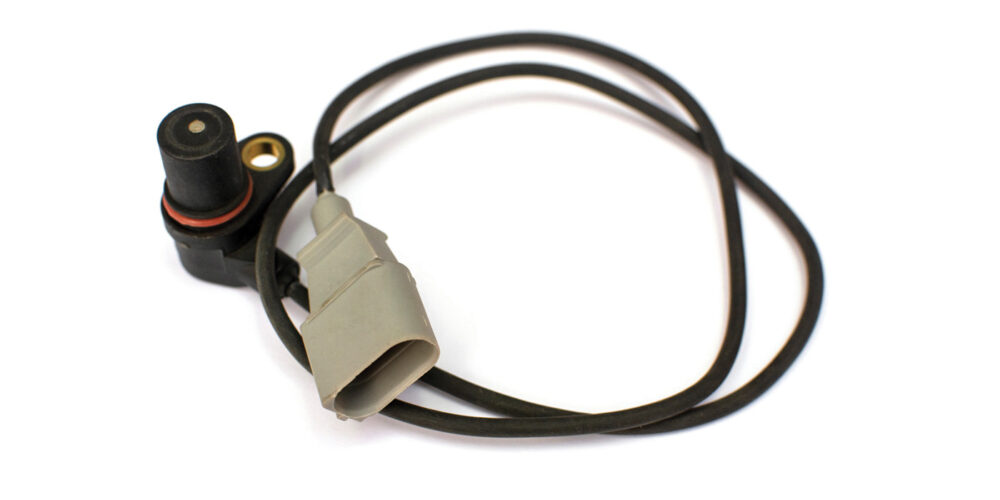Wheel-speed sensors aren’t new to any of us. They’ve been around for years, and their initial purpose was to provide wheel-speed data to the control unit for the antilock braking system (ABS). Because of this, they’re often called ABS sensors.
On today’s vehicles, however, the ABS isn’t the only system that utilizes wheel-speed data. Multiple safety and comfort systems such as advanced driver-assistance systems (ADAS), traction control and parallel-parking assist rely on wheel-speed data to function properly.
At a glance, all wheel-speed sensors may appear to be the same. But there are two different types: passive and active. Essentially, both have the same job of providing wheel-speed data to various control units, but they differ in how they do it and how well they do it.
Passive Wheel-Speed Sensors
Passive wheel-speed sensors are constructed with a permanent magnet and fine copper wire and generate a magnetic field. They operate in conjunction with a toothed metal ring, called a tone ring, which rotates at wheel speed. As the teeth of the tone ring pass through the magnetic field, it causes the polarity of the sensor to change and generates an alternating-current (AC) signal.
This AC signal is sent to the ABS control unit, which in turn must interpret it to determine when ABS operation is required. While passive sensors have been effective for many years, they have several drawbacks. A common problem with these and any type of permanent magnet sensor is limited operation at low speeds. In the case of wheel speed, a passive sensor is only able to generate a signal at approximately four miles per hour and higher.
They also do not generate a signal in reverse, and the gap between the sensor and the teeth on the tone ring is critical. Even the slightest amount of rust buildup underneath one of these sensors can cause erratic operation and unwanted activation of the ABS under braking. In addition, the magnetic field of these sensors can attract fine metal particles over time, which further inhibit proper system operation.
Active Wheel-Speed Sensors
The AC signal generated by a passive wheel-speed sensor is an analog wave, or a continuous smooth waveform. An active wheel-speed sensor, on the other hand, produces a digital signal, which is viewed as a square waveform. A digital signal is a very accurate and precise on/off signal.
Many of the other control units associated with today’s advanced systems rely on this type of precision for proper system operation. In addition to the accuracy, an active wheel-speed sensor can read wheel speed practically to zero mph, which is critical data for modern traction-control and driver-assistance systems, and some also can detect reverse wheel rotation.
Active wheel-speed sensors require power to operate, whereas passive units do not. There are two types of active wheel-speed sensors: a Hall-effect sensor and a magneto-resistive sensor. A Hall-effect sensor requires either a toothed or magnetic ring to generate a voltage signal, whereas a magneto-resistive sensor utilizes a slightly different type of encoder ring, allowing it to determine direction of wheel rotation.
The most important part about these sensors is knowing that they’re different. Visually they look the same, but functionally they’re not interchangeable. Some makes and models that are traditionally thought of as the “same” vehicle with different badging can utilize different sensors, even for the same model year.
When it’s all said and done, active wheel-speed sensors are necessary for today’s advanced systems, but regardless, all wheel-speed sensors take a lot of abuse, simply due to their location. Any time there’s a problem indicating a bad wheel-speed sensor, all components must be taken into account including the sensor itself, as well as the wheel bearing and CV joint, which may house or support the tone ring or encoder wheel necessary for sensor operation.













